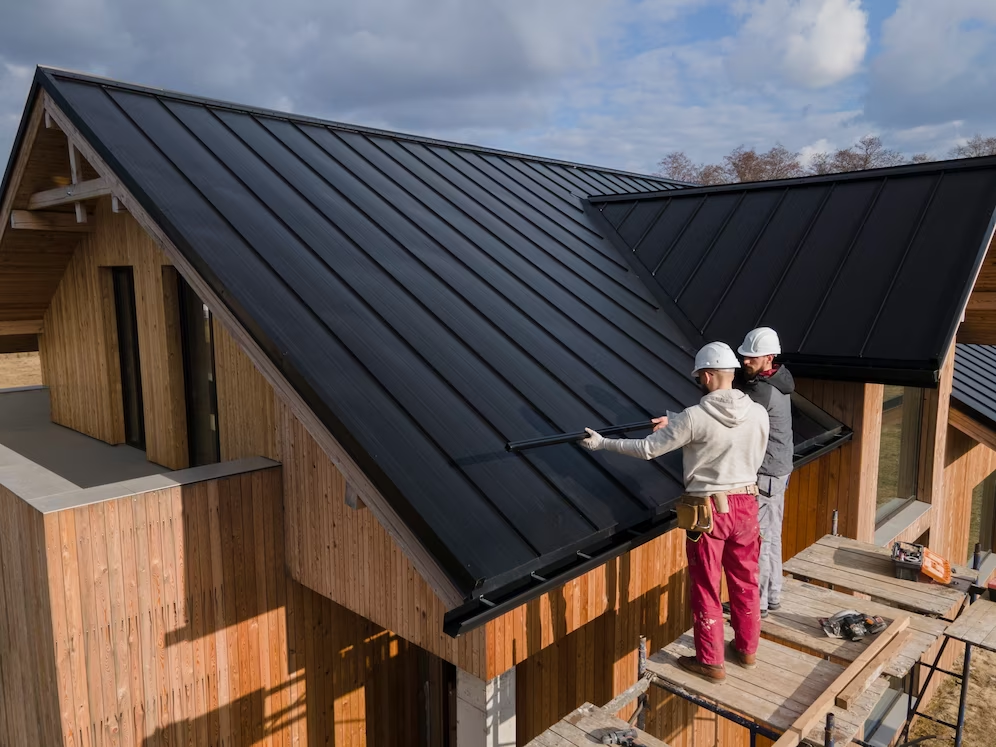
Sustainability is about so much more than just looking green or keeping up with societal expectations. When you renovate responsibly, you make sure that the products on the side of your home are safer for your family and loved ones and that you're able to make your home as energy-efficient as possible.
If this sounds like something you want for your property, you're in the right place. These are the top tips for sustainable home improvement projects and how you can make them a success.
1. Focus On Air Flow
Airflow is a big deal! How the air flows through your home and how much makes it in from the outdoors will affect your energy bill, the cleanliness of your home, and how safe it is to breathe the air on your property.
Check all windows and doors for leaks, and pay attention to how much your energy bill has been recent. Sustainability is a great way to save money on your energy bill.
2. Add Warmth On Lower Areas
Putting the warmth in your home in lower areas, like a heated countertop or basement, is better than ceiling-based heating and cooling. Heat rises, so giving it the space to do so is an awesome way to make your home more sustainable.
Make sure that any heated surface in your home has an auto switch to turn it off or even a timer that will switch it off automatically. Letting it run constantly will hurt your bills in the long run.
3. Understand the Risk of Flooding
Flooding is something that's going to happen to over 13% of homes in the United States before 2030. This is a terrifying prospect to many since even an inch of water in your home can cost you tens of thousands of dollars of repairs.
Look at your home's layout, the water table, and your drainage, and figure out how high-risk it is. Using tools like rain chains for gutters so you can collect that water and use it for your garden is a great first step, but it’s also a good idea to dig lawn trenches that will pull the rest of the water down and away.
4. Invest in High-Quality Materials
The better the materials you use, the better your project will turn out. If you use low-quality and cheap materials, there's a chance they're mass-produced and poorly made, which will undo any other great work you do within your home.
The best materials have great long-running reviews and come from companies that strive for sustainable excellence. Keep an eye out for winners like those.
5. Know Where to DIY and Where to Call a Pro
You may think that the best way to save money and create the home of your dreams is to DIY most of it, and that's true: to a point. Don't DIY more than you can handle. Most people know they should call an electrician or plumber for large projects but don't think about the fact that there are smaller ones that also need a pro's attention.
One major issue many first-time homebuyers make is they will buy an eco-friendly washer and then will try to install it themselves. Dishwashers can quickly flood your interior walls if you don't know what you're doing when you build them. Call someone who knows what they're doing, and save yourself the money and stress.
6. Thoroughly Budget Ahead of Time
Budgeting may feel like a strange talking point when discussing sustainability, but it's easy to go overboard when you're starting out on this type of renovation. Instead of letting it get wild and out of hand, it's vital that you budget ahead as far as possible and try to stick to that budget while you work.
Budgeting helps you remember to shop around for many different products and gives you a chance to see how much sustainability even costs. It can also show you why buying reclaimed wood or products can be an awesome choice.
If you don’t budget ahead, you might find yourself scrambling for less sustainable and more affordable products close to the end of your project.
7. Seal Everything to Last Longer
A key part of eco-friendly building and sustainability is keeping everything as sealed as possible. No air, water, noise, or gas leaks should be allowed in your home. This could mean updating your stone veneer interior walls so they're able to block out moisture now or simply using moisture-proof paint.
Sealing everything thoroughly will also protect you from temperature fluctuations and insect life in the long run.
Every Property Can Use an Eco Boost!
Whether this is the first project you've completed on your home or you're a seasoned pro who wants to keep up with the times, there's no reason you can't renovate responsibly. Consider checking out Magazine MN to make sure your next project is a clear success.
Written by Andrea Erickson
About the Author
Andrea Erickson is a freelance writer that loves sharing her knowledge and expertise in renovation and landscaping. She lives in her hometown of Austin, Texas where she enjoys spending time with her husband and decorating with her children. Andrea’s work as a freelance writer can be found on Building Product Advisor, a new construction industry resource site.
You may also like
6 Green Energy-Saving Tips to Keep Your Home Comfortable
House Updates That Can Improve Your Carbon Footprint
How Your Landscaping is Affecting Your Energy Consumption
How Does Eco-Friendly Roofing Affect Your Home?
